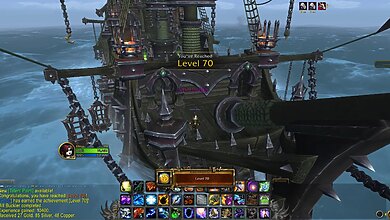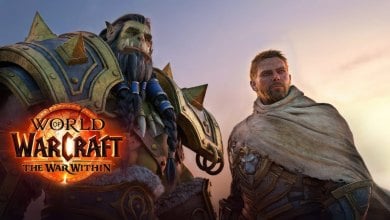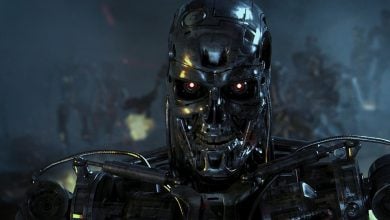Welcome to the Dragonflight Tank Tier List, where we’ll be ranking the best and worst tanks based on their Utility, Mobility, Self Sustain abilities, and Playstyle in the latest patch update (10.0.5).
Our tier list is the result of extensive research, and we’ll continue to update it as the meta evolves, and more data becomes available. Whether you’re a seasoned raider or just starting out, this guide will help you choose the right tank for your team.
- There is a total of 6 tanks in the Dragonflight game so far.
- S-Tier Tanks are the most powerful and provide the best overall performance in all situations.
- A-Tier Tanks are the second-best choice. They are strong enough to Mitigate Damage and Death Strike heals.
- B-Tier Tanks are good performers, but they are suitable for specific niches.
- C-Tier Tanks are not optimal for competitive play but are good for new players to learn and train themselves.
- All of the characteristics(mitigation, self-sustainability, damage healing, etc) of Tanks were considered to finalize the ranking in Dragonflight Tanks Tier List.
| Tank | Tier | Offensive Abilities | Utility Abilities | Passive Abilities |
|---|---|---|---|---|
| Protection Warrior | S | Shield Slam, Devastate, Execute, Slam | Charge, Taunt, Pummel, Battle Shout | Shield Block, Riposte, Mastery: Critical Block |
| Protection Paladin | S | Judgment, Consecration | Sense Undead, Hammer of Justice | Aegis of Light, Riposte, Consecration, Judgment |
| Brewmaster Monk | A | Tiger Palm, Spinning Crane Kick | Roll, Expel Harm, Vivify, Leg Sweep | Mastery: Elusive Brawler, Celestial Fortune |
| Blood Death Knight | A | Heart Strike, Death Coil, Death and Decay | Raise Ally, Path of Frost, Death Grip | Ripost, On a Pale Horse, Death's Advance |
| Vengeance Demon Hunter | B | Shear, Soul Cleave, Throw Glaive | Torment, Disrupt, Spectral Sight, Glide | Thick Skin, Riposte, Chaos Brand, Critical Strike |
| Guardian Druid | C | Moonfire, Mangle, Swipe | Mark of the Wind, Rebirth, Cat Form | Lightning Reflexes, Ursine Adept |
S-Tier
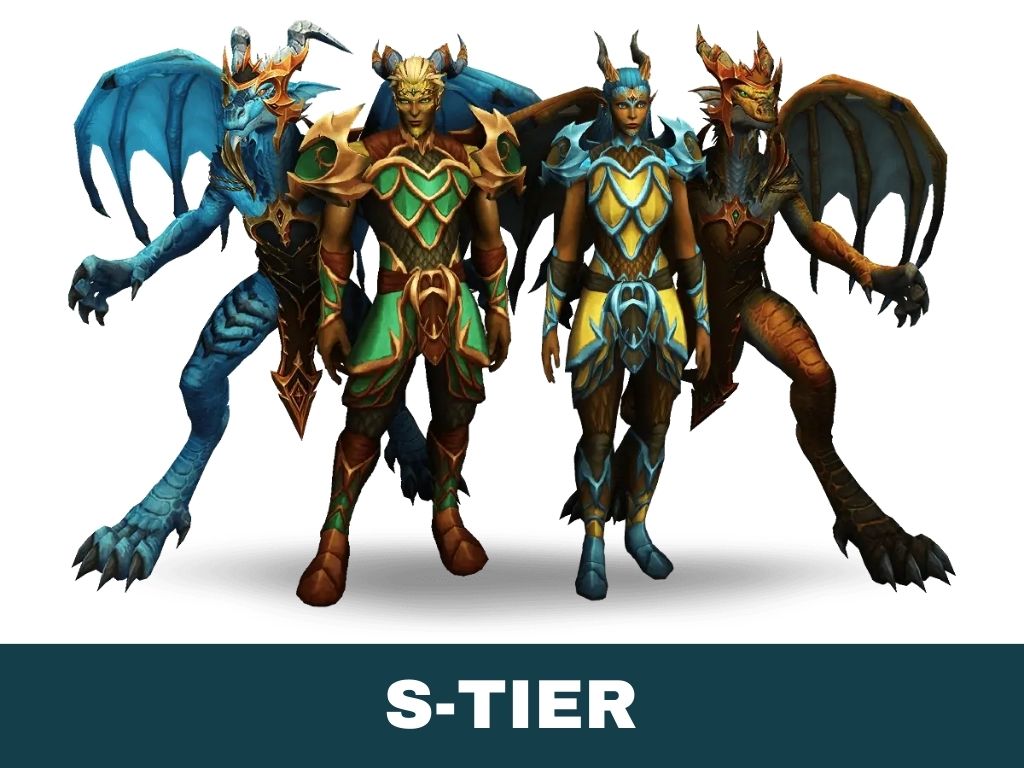
S-Tier Tanks excel in almost any scenario, providing high throughput and survivability.
Protection Warrior
Mobile, self-sustaining warrior wields high damage, mitigates with defense, and uses Rage.
Pros
- Good at mitigating physical damage due to High Armor and Shield Block.
- Warrior has a wide range of utility abilities, such as Thunder Clap, Intervene, and Spell Reflection.
- Has several self-sustain abilities such as Ignore Pain, Indomitable, and Impending Victory.
- Strong crowd control abilities such as Shockwave and Storm Bolt.
- Good mobility with abilities like Heroic Leap and Charge.
- Warrior has powerful defensive cooldowns such as Shield Wall and Last Stand, making them highly durable in tough fights.
Cons
- Less effective at mitigating magic damage compared to other tanks.
- It can be heavily reliant on active mitigation abilities, which require good timing and awareness to use effectively.
- Requires careful management of their rage resource to ensure that they can use their abilities effectively.
- Lastly, Warrior may struggle with mobility during periods of high damage or multiple boss mechanics.
Protection Paladin
Has Paladin tanks self-sustain with Word of Glory and defend with Divine Shield.
Pros
- Excellent at mitigating magic damage due to their high spell resistance and abilities like Divine Protection and Ardent Defender.
- Strong single target and AoE damage capabilities due to their Holy Power resource and abilities like Avenger’s Shield and Consecration.
- Protection Paladin has a range of utility abilities, such as Hand of Freedom, Hand of Protection, and Lay on Hands.
- Has a range of self-sustain abilities such as Word of Glory and Light of the Protector.
- It can easily generate threats on multiple targets with abilities like Avenger’s Shield and Consecration.
- Paladin also has strong mobility with abilities like Divine Steed and Blessing of Freedom.
Cons
- Less effective at mitigating physical damage compared to other tanks.
- Lacks some of the crowd control capabilities of other tanks.
- Paladins can be heavily reliant on active mitigation abilities, which require good timing and awareness to use effectively.
- May struggle in situations where there are multiple targets due to having fewer AoE abilities compared to some other tanks.
- It can be resource-limited, as their Holy Power resource requires time to build up and spend effectively.
A-Tier
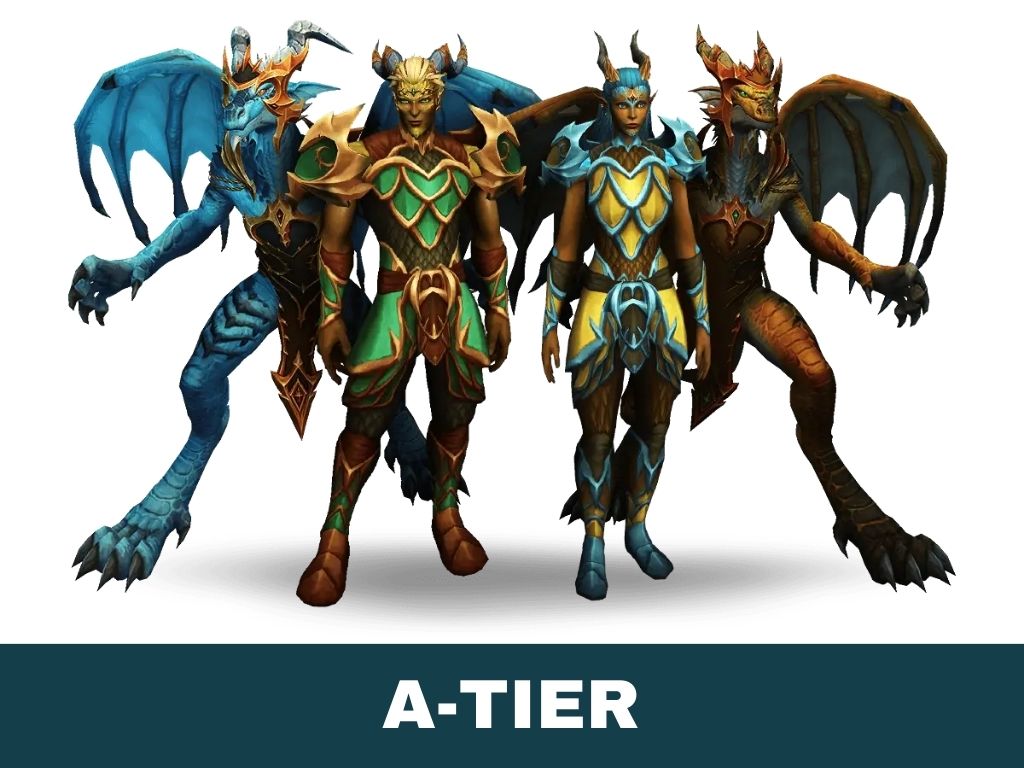
A-tier tanks excel in most situations with few weaknesses, making them a popular choice expected to dominate leaderboards.
Blood Death Knight
Has Death Strike heals, Bone Shield, Rune Weapon Mitigation, and spells aid.
Pros
- Strong at mitigating physical damage due to high armor and their ability to self-heal through Death Strike.
- Has a range of powerful self-sustain abilities such as Death Strike, Death Pact, and Vampiric Blood.
- Has a range of crowd control abilities such as Grip, Gorefiend’s Grasp, and Remorseless Winter.
- Blood Death Knight easily generates threats on multiple targets with abilities like Blood Boil and Death and Decay.
- Has strong mobility with abilities like Death Grip and Wraith Walk.
- Has a range of powerful defensive cooldowns such as Icebound Fortitude, Anti-Magic Shell, and Dancing Rune Weapon.
Cons
- Blood Death Knight is less effective at mitigating magic damage compared to other tanks.
- Lacks some of the utility capabilities of other tanks.
- Blood Death Knight is heavily reliant on active mitigation abilities, which require good timing and awareness to use effectively.
- Requires careful management of their runes and Runic Power resources to use their abilities effectively.
- It can struggle in situations where there are multiple targets due to having fewer AoE abilities compared to some other tanks.
- Can be resource-limited, as their self-healing abilities require the use of runes and Runic Power.
Brewmaster Monk
Has Active mitigation with Brews, self-sustain with Gifts, and group utilities.
Pros
- Strong at mitigating both physical and magic damage due to abilities like Stagger and Purifying Brew.
- Has a range of powerful self-sustain abilities such as Expel Harm, Gift of the Ox, and Healing Elixir.
- Brewmaster Monk has a range of crowd control abilities, such as Paralysis and Leg Sweep.
- It can easily generate threats on multiple targets with abilities like Keg Smash and Breath of Fire.
- Brewmaster Monk has strong mobility with abilities like Roll and Flying Serpent Kick.
- Has a range of powerful defensive cooldowns such as Ironskin Brew, Fortifying Brew, and Zen Meditation.
Cons
- It can be heavily reliant on active mitigation abilities, which require good timing and awareness to use effectively.
- Brewmaster Monk requires careful management of their energy and Chi resources to use their abilities effectively.
- May struggle in situations where there are few targets, as some of their abilities rely on hitting multiple targets.
- Brewmaster Monk is resource-limited, as some of their self-healing abilities require the use of Chi.
- It can be more difficult to play effectively compared to some other tanks, as they require careful management of their stagger and purification mechanics.
B-Tier
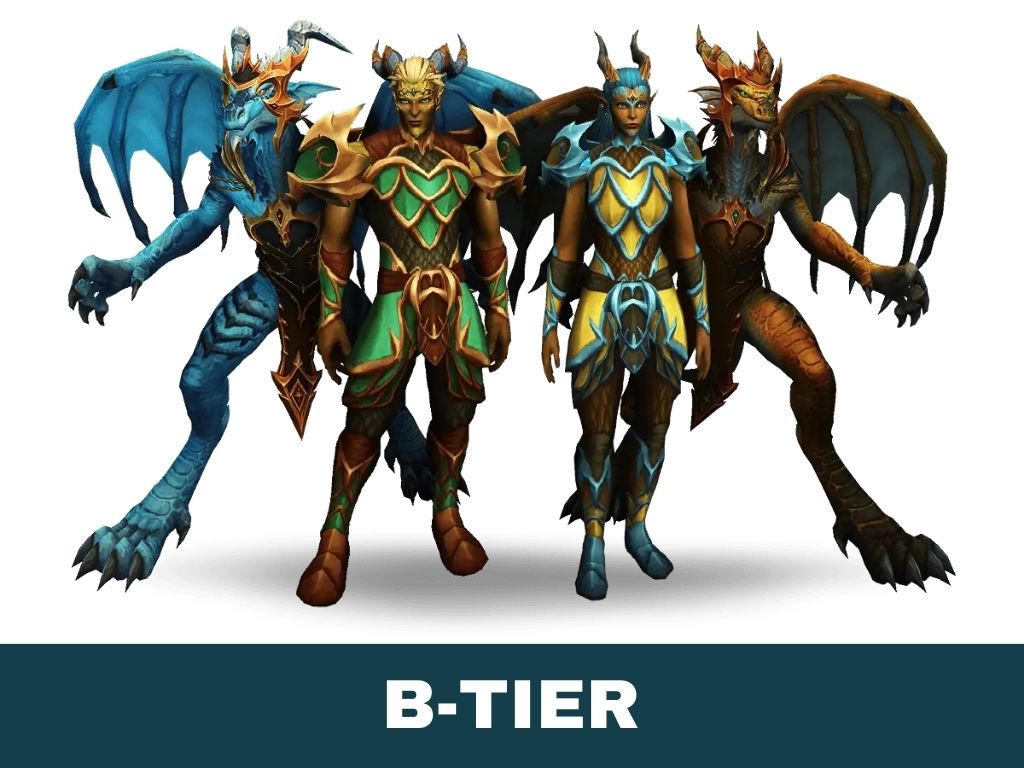
They are solid choices when played accordingly to their abilities and may have a niche but ultimately have weaknesses keeping them away from the top.
Vengeance Demon Hunter
Demon Hunter tank Soul Cleave self-heals, Demon Spikes mitigate, spells, and mobility aid.
Pros
- Highly mobile tank with abilities like Fel Rush and Vengeful Retreat.
- Strong at mitigating physical damage due to high armor and their ability to self-heal through abilities like Soul Cleave and Demon Spikes.
- Demon Hunter can easily generate threats on multiple targets with abilities like Immolation Aura and Fracture.
- Has a range of powerful defensive cooldowns, such as Metamorphosis, Darkness, and Fiery Brand.
- Has strong self-sustain abilities with their soul fragment system, which can be used to heal themselves or their allies.
Cons
- Less effective at mitigating magic damage compared to other tanks.
- It can be heavily reliant on active mitigation abilities, which require good timing and awareness to use effectively.
- Demon Hunter is more vulnerable to burst damage compared to some other tanks.
- Can be resource-limited, as their self-healing abilities require the use of Pain.
- Can struggle in situations where there are few targets, as some of their abilities rely on hitting multiple targets.
- Vengeance Demon Hunter Lacks some of the utility capabilities of other tanks.
C-Tier
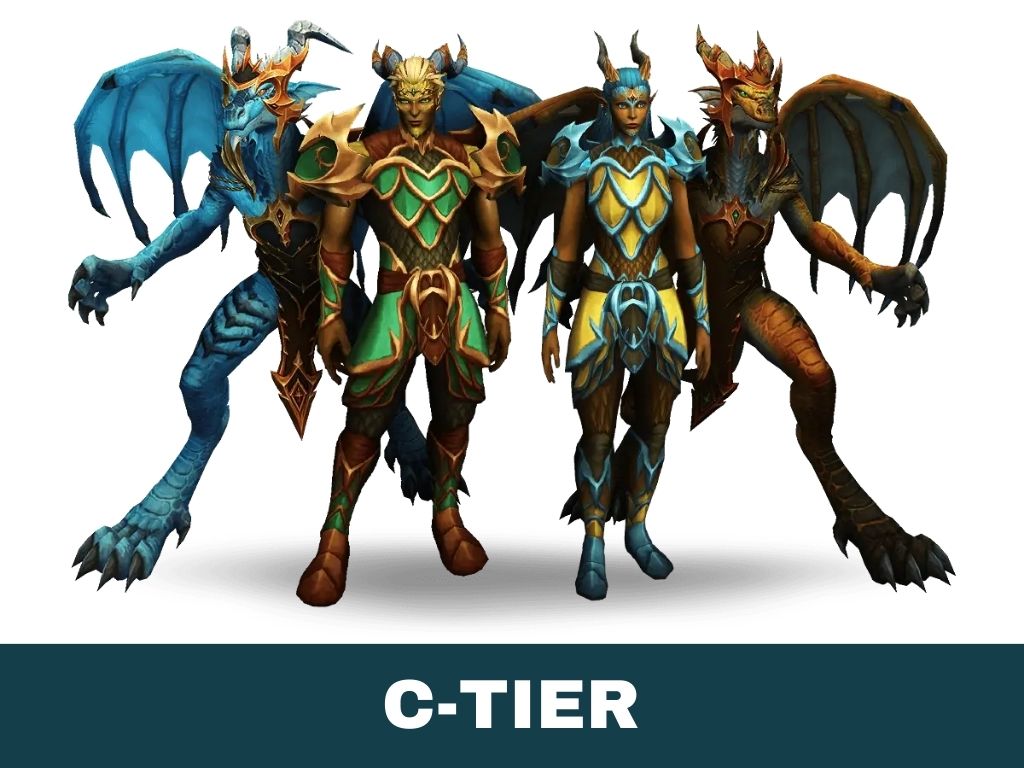
They have some good capabilities, but Their performance may fall short in competitive scenarios where players wield top-tier tanks.
Guardian Druid
Druid tanks boast high health and self-healing with Frenzied Regeneration.
Pros
- Strong at mitigating both physical and magic damage through abilities like Ironfur and Mark of Ursol.
- Has a range of powerful self-sustain abilities such as Frenzied Regeneration and Survival Instincts.
- Has a range of crowd control abilities, such as Mighty Bash and Typhoon.
- Guardian Druid can easily generate threats on multiple targets with abilities like Thrash and Swipe.
- Guardian Druid has strong mobility with abilities like Wild Charge and Stampeding Roar.
- It has a range of powerful defensive cooldowns, such as Barkskin and Iron Bark, which can be used to protect themselves or their allies.
Cons
- Guardian Druid is resource-limited, as some of their abilities require the use of Rage.
- It can be heavily reliant on active mitigation abilities, which require good timing and awareness to use effectively.
- May struggle in situations where there are few targets, as some of their abilities rely on hitting multiple targets.
- Lacks some of the utility capabilities of other tanks, such as the ability to cleanse debuffs.
- Guardian Druid is more vulnerable to burst damage compared to some other tanks.
Tier List Criteria
The criteria of the Tank Tier List should take into account:
- Playstyle
- Utility
- Mobility
- Cooldown Abilities
- Single Target Capabilities for Raids
As we kick off this season, it’s worth noting that all tanks are boasting exceptional mitigation and survivability. So, players can breathe a sigh of relief and not be overly concerned about meeting an untimely demise.
However, it’s important to recognize that the distinguishing factor between each tank lies in its unique utilities, mobility, and damage output. These additional contributions to the group can make all the difference in achieving success in battle.
Next:
Thanks! Do share your feedback with us. ⚡
How can we make this post better? Your help would be appreciated. ✍
